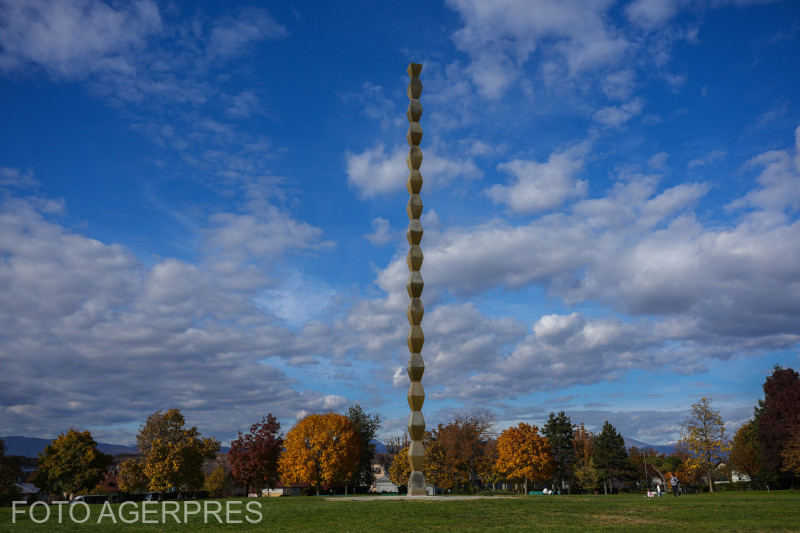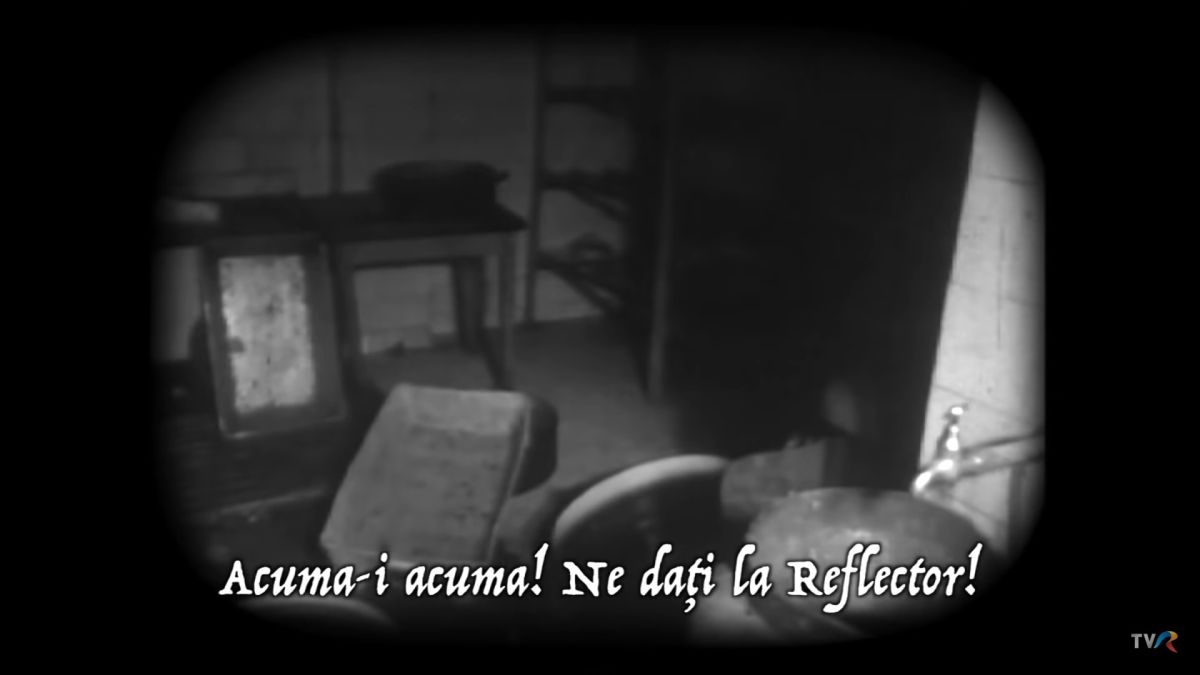The Crisis of 1927
1927 was a crucial year in Romania's political history, when democracy entered a period of crisis.

Steliu Lambru, 13.02.2017, 13:19
Throughout the course of history, the moments of crisis have never managed to predict accurately enough the true proportions of the events that would follow. In the first half of the 20th century, the decline of democracy had been announced through signals that people often overlooked, in the hope that things would go back to normal. Before the start of WW2, there had been several clues as to who the enemies of democracy were. In Romania, democracy was clearly at risk in February 1938 when King Carol II banned all political parties, drew up a new constitution and instated his own dictatorial regime.
However, the political situation in 1938 could have been anticipated long before. The crisis of Romanian democracy had started ever since 1927, a crucial year in the country’s political history. The year 1927 was marked by the death of two outstanding personalities of that time: King Ferdinand and the visionary Liberal politician Ion I. C. Bratianu. They had both contributed a great deal to the creation of Greater Romania. The inter-war Romania never really managed to absorb the shock of losing those two men, which accelerated the degradation of the monarchy’s image and marked the start of a difficult period for the Liberal Party. Moreover, in 1927 the Romanian political class and society were faced with the issue of finding a successor to Ferdinand I, given that his heir, Mihai, was only 5 years old. Florin Muller, a professor of Romanian contemporary history with the Bucharest University tells us how King Ferdinand’s death impacted monarchy in Romania.
Florin Muller: “The death of King Ferdinand I impacted Romanian history for a long period and reopened what was believed to be ‘a closed subject’, namely the act of January 4th 1926, when Carol II, King Ferdinand’s son, had given up his rights as heir to the throne. King Ferdinand’s death showed that the problem of his successor was still one to be solved. The regency was only a temporary structure, a mock monarchy, unable to fill in the institutional gap. King Ferdinand did not have the authoritarian leadership style of Bratianu or of his son, Carol II. But he gave monarchy the appearance of a solid and stabile institution. Ferdinand’s rule did not have any of the authoritarian accents that defined the reign of his son Carol II. We could also mention the authoritarian inclinations of Queen Marie, King Ferdinand’s wife, but they were not strong enough to be relevant for his rule. King Ferdinand strengthened the idea of monarchy, which was more of an institution of representation rather than one of real power.”
The National Liberal Party was unable to recover after Ion Bratianu’s death, as they could not find a replacement of equal value. No one else seemed able to lead the party the way Bratianu did, says Florin Muller:
“Ion I.C.Bratianu was the driver and promoter of the liberal type of democracy. He only allowed limited democracy, within the boundaries accepted by the Liberal Party, in the sense that reforms had to be carried out at a higher level. The executive power decided on the legislative power. An essential characteristic of the Romanian political life in the 1920s, whose effects would continue to be felt in the following years, was Bratianu’s hyper-personalization. Ion I.C.Bratianu was highly influential and the Liberal leaders themselves had a great power that exceeded the limits of a democratic system. Bratianu’s personality prevented the emergence of a genuine Liberal political elite. Among the Liberal leaders that succeeded Ion I.C. Bratianu were I.G. Duca and his brother Vintila Bratianu, but there was no comparison between them. Duca seemed closer to Ion Bratianu’s style, but that was not the case with other Liberal politicians.”
The National Peasant Party, set up in 1926 in opposition to the Liberals, took advantage of the crisis within the Liberal Party to become the party in power in 1928. But this party was unable to temper the authoritarian tendencies of the future King Carol II.
Florin Muller: “The political and ideological stake of the National Peasant Party was a genuine one, in the sense that this party’s members were raising awareness as to the oligarchic power of the National Liberal Party by using many arguments. But the National Peasant Party came with a leftist pseudo-revolutionary rhetoric, which did not quite meet Romanian society’s long term expectations. Assuming that these pseudo-revolutionary accents were annihilated by Iuliu Maniu, the Peasant Party also had to deal with the idea of restoration, of bringing Prince Carol back to the country and proclaiming him a king. A new power pole was formed alongside the Peasant Party that came to power in 1928, which in fact sabotaged the party. It’s interesting to note that the Peasant Party and Maniu himself had an ambiguous stand towards restoration. Maniu, unlike Duca and the Liberals favored a revision of the act of January 4, 1926. But the Peasant Party wanted the revision to be made within the democratic confines, with the future king pledging to respect democracy. Carol, however, had never given assurances in this respect, not to mention putting into practice what Maniu wanted, which was observing the constitutional principles.”
Starting 1927, another important player on Romania’s political scene was the Legion of the Archangel Michael, a fascist movement. Having the ambition to transform society, the legionnaires wanted to free society from the evil of capitalism. 1927 was the year when the once calm manner of doing politics was replaced by a more aggressive manner, and radicalism became the defining term of political rhetoric.






























